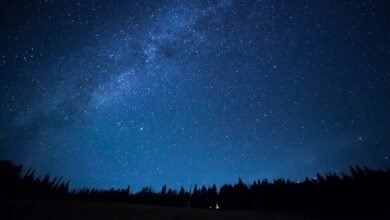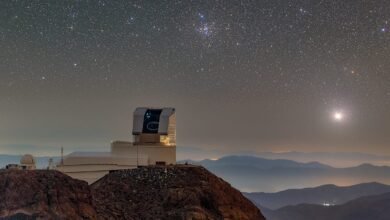What was it like when oxygen killed almost all life on Earth? | by Ethan Siegel | Starts With A Bang! | Apr, 2024

Known as the Great Oxygenation Event, Earth froze over as oxygen accumulated in our atmosphere, nearly driving all life extinct.
We commonly think of life on Earth as an unbroken chain of biological success, beginning shortly after our planet’s formation and continuing, unchallenged, for all the time since. Part of that story is true: it really was more than 4½ billion years ago that planet Earth formed, and it truly was just a few hundred million years later, at most, that life first arose on our world. Despite an enormous number of challenges that life has faced over all the time since — from resource scarcity to ice ages to asteroid strikes and a variety of mass extinction events — its managed to persist without ever going extinct: not even once. Instead, life has thrived and evolved, enabling it to find a way to exist in practically every environmental niche that Earth possessed.
But one event came closer than any other to bringing an end to life on Earth: a catastrophe known as either the Great Oxidation Event or the Great Oxygenation Event. Oxygen, one of the hallmark characteristics of our living Earth, was a tremendous destructive force when it first arrived in any sort of meaningful abundance some ~2 billion years after Earth first took shape. The slow alteration of our atmosphere by the gradual addition of oxygen proved to be fatal to the most common types of organism that were present on Earth at the time. For several hundred million years, the Earth entered a horrific ice age which froze the entire surface: known today as a Snowball Earth scenario. This disaster almost ended life on Earth entirely. Here’s the story of our planet’s near-death, culminating in life’s ultimate survival story.
One of the earliest experiments high school students typically perform in a biology class is to observe and track the behavior of a small group of cells placed into a nutrient solution, with one classic example being the addition of yeast cells into a solution with molasses mixed into it. Observing the initial success —…
Source link




